

Articles
How To Store Kale In Freezer
Modified: August 16, 2024
Discover the best way to store kale in the freezer with our helpful articles. Keep your greens fresh and nutritious for longer with these tips.
(Many of the links in this article redirect to a specific reviewed product. Your purchase of these products through affiliate links helps to generate commission for Storables.com, at no extra cost. Learn more)
Introduction
Kale is a highly nutritious leafy green vegetable that is packed with vitamins, minerals, and antioxidants. It has gained popularity in recent years due to its numerous health benefits and versatility in various recipes. However, kale can spoil quickly if not stored properly. One of the best ways to extend its shelf life and enjoy it throughout the year is by freezing it.
In this article, we will explore the benefits of storing kale in the freezer, how to prepare it for freezing, packaging and storage guidelines, as well as how to thaw and use frozen kale. Additionally, we will discuss the benefits and drawbacks of freezing kale and alternative methods of preserving this nutrient-rich vegetable.
By the end of this article, you will be equipped with the knowledge and techniques to store kale in the freezer effectively, ensuring that you always have a supply of this superfood on hand.
Key Takeaways:
- Freeze kale to prolong freshness, retain nutrients, reduce waste, and save money. Enjoy convenience and accessibility with properly prepared, blanched, and packaged kale for long-term use.
- Explore alternative preservation methods like refrigeration, dehydration, canning, pickling, and kale chips to add variety and unique flavors to your kale dishes. Experiment with different techniques to maximize kale’s versatility.
Read more: How To Store Kale In Fridge
Why Store Kale in the Freezer?
Freezing kale offers several advantages for both convenience and preservation. Here are some compelling reasons to store kale in the freezer:
- Prolongs Freshness: Kale has a relatively short shelf life when stored in the refrigerator, typically lasting for about a week. By freezing kale, you can extend its freshness and enjoy it for several months.
- Retains Nutritional Value: Freezing kale preserves its essential nutrients, such as vitamins A, C, and K, as well as minerals like iron, calcium, and potassium. This ensures that you still receive the same nutritional benefits as fresh kale when you cook or consume it.
- Convenience and Accessibility: Freezing kale allows you to have this nutrient-dense vegetable readily available at any time. Whether it’s for making smoothies, soups, stews, or sautés, having frozen kale on hand makes it easier to incorporate this superfood into your daily meals.
- Reduces Food Waste: Using the freezer as a storage method helps minimize food waste. Instead of letting kale spoil and throwing it away, freezing allows you to preserve it for an extended period, reducing the chances of it going to waste.
- Cost-Effective: Kale can be a budget-friendly vegetable, especially when bought in bulk or during its peak season. Freezing excess kale helps you save money and get the most value out of your purchase.
Overall, freezing kale provides a simple and effective way to prolong its freshness, retain its nutritional value, ensure convenience, reduce food waste, and save money. Now, let’s dive into the step-by-step process of preparing kale for freezing.
Preparing Kale for Freezing
Before you freeze kale, it is important to properly prepare it to ensure the best results. Follow these steps to prepare kale for freezing:
- Choose Fresh Kale: Select fresh kale leaves that are vibrant green, crisp, and free from any wilting or discoloration. This will ensure that you freeze the highest quality kale.
- Clean Thoroughly: Rinse the kale leaves under cold running water to remove any dirt or debris. Gently pat them dry with a clean kitchen towel or use a salad spinner to remove excess moisture.
- Remove Stems: Depending on your preference, you can either remove the tough stems from each kale leaf or leave them in. Stems can be slightly bitter, so removing them can result in a milder flavor.
- Chop or Tear into Pieces: Cut the kale leaves into bite-sized pieces or tear them into smaller pieces. This will make it easier to handle and portion when you’re ready to use frozen kale in recipes.
- Flash Freeze (optional): If you prefer to have individual kale pieces instead of a solid block, you can flash freeze them. Lay the chopped or torn kale on a baking sheet lined with parchment paper, making sure the pieces do not touch. Place the baking sheet in the freezer for about an hour or until the kale pieces are frozen. This prevents them from clumping together.
By following these steps, you will have properly prepared kale ready to be blanched and frozen. The blanching process helps maintain the color, texture, and nutritional value of the kale, ensuring that it stays fresh even after being frozen. Let’s explore the blanching process in the next section.
Blanching Kale
Blanching kale is a crucial step in the freezing process as it helps preserve its color, texture, and nutrients. Here’s a step-by-step guide on how to blanch kale:
- Bring a Pot of Water to a Boil: Fill a large pot with water and bring it to a rolling boil.
- Add Salt (optional): If desired, you can add a teaspoon of salt to the boiling water. This helps enhance the flavor of the blanched kale.
- Prepare an Ice Bath: While the water is boiling, fill a large bowl or sink with ice water. This will be used to shock the kale and stop the cooking process.
- Blanch the Kale: Carefully add the prepared kale to the boiling water. Allow it to cook for 2 to 3 minutes, submerging the leaves completely.
- Transfer to Ice Bath: Using a slotted spoon or tongs, remove the blanched kale from the boiling water and immediately immerse it in the ice bath. This will cool down the kale quickly and maintain its bright green color.
- Drain and Pat Dry: Once the kale has cooled, remove it from the ice bath and drain it using a colander. Gently press the leaves to remove excess water or pat them dry with a clean kitchen towel.
Blanching the kale helps to halt the enzyme activity that can lead to the deterioration of color, texture, and nutrients when frozen. The ice bath stops the cooking process and ensures that the kale retains its vibrant green color and crispness.
Now that you have blanched the kale, let’s move on to the next step – packaging it for freezing.
Packaging Kale for Freezing
Proper packaging is essential to maintain the quality of the frozen kale and prevent freezer burn. Follow these steps to package kale for freezing:
- Use Freezer-safe Containers or Bags: Choose freezer-safe containers or resealable freezer bags for packaging the blanched kale. Make sure they are durable, airtight, and specifically designed for freezer use.
- Portion the Kale: Divide the blanched kale into portion sizes that suit your needs. This allows you to defrost only the amount required for a specific recipe, minimizing waste.
- Remove Air from Bags: If using freezer bags, gently press out as much air as possible before sealing them. Removing excess air helps prevent freezer burn and maintains the quality of the kale.
- Label and Date: Remember to label each container or bag with the contents and the date of freezing. This will help you keep track of the kale’s freshness and ensure you use the oldest packages first.
- Store in the Freezer: Place the packaged kale in the freezer, making sure to arrange them in a single layer initially. Once they are completely frozen, you can stack them to save space.
When packaging kale, it’s important to remove as much air as possible to prevent freezer burn. Freezer burn occurs when moisture is drawn out from the food, causing it to become dry and develop unappealing textures.
By following these packaging guidelines, you can ensure that your frozen kale retains its freshness, flavor, and nutritional value for an extended period. Next, let’s delve into proper storage guidelines for frozen kale.
To store kale in the freezer, start by washing and drying the leaves thoroughly. Then, remove the tough stems and chop the leaves into manageable pieces. Place the chopped kale in a resealable plastic bag, removing as much air as possible before sealing. Label the bag with the date and store it in the freezer for up to 6 months.
Read more: How To Store Kale In Water
Proper Storage Guidelines
To maintain the quality of frozen kale, it’s crucial to store it properly in the freezer. Follow these guidelines for proper storage:
- Freeze at the Right Temperature: Set your freezer temperature to 0°F or below to ensure optimal storage conditions for the kale.
- Organize and Rotate: Arrange the frozen kale in a way that allows for easy access and visibility. It’s important to practice a “first in, first out” approach, using the oldest packages of kale first to maintain freshness.
- Avoid Freezer Door: Store the frozen kale away from the freezer door, as this area is subject to temperature fluctuations due to frequent opening and closing.
- Maximize Airtight Packaging: Ensure that all containers or bags used for packaging the kale are tightly sealed and completely free from any air to prevent freezer burn.
- Keep Away from Strong Odors: Store the frozen kale away from highly aromatic foods as kale easily absorbs odors. Wrap the packages in aluminum foil or place them in airtight containers if storing alongside potent-smelling items.
- Don’t Overcrowd: Avoid overcrowding the freezer to maintain proper airflow. This ensures that the frozen kale freezes quickly and remains at a consistent temperature.
By following these storage guidelines, you can ensure that your frozen kale stays fresh, flavorful, and ready to use whenever you need it. Now, let’s move on to the next step – thawing and using frozen kale.
Thawing and Using Frozen Kale
When you’re ready to use the frozen kale, it’s important to thaw it properly to maintain its texture and flavor. Here are the steps to thaw and use frozen kale:
- Refrigerator Thawing: The best and safest way to thaw frozen kale is by transferring it from the freezer to the refrigerator. Place the desired amount of frozen kale in a bowl or airtight container and let it thaw in the refrigerator overnight or for a few hours. Thawed kale can be stored in the refrigerator for up to 2 days.
- Cooking from Frozen: If you’re in a rush, you can cook frozen kale directly without thawing. Add it to soups, stews, or sautés, and cook it on low to medium heat until it is heated through. Keep in mind that cooking times may be slightly longer when using frozen kale.
- Avoid Microwaving: While it is possible to thaw kale in the microwave, it can result in uneven thawing and loss of texture. It’s best to avoid this method whenever possible.
- Use in Recipes: Thawed kale can be used in a variety of recipes. Add it to smoothies, stir-fries, pasta dishes, quiches, or omelets. The possibilities are endless!
It’s important to note that thawed kale may release some water when cooked. To avoid excess moisture, you can squeeze out any excess liquid before using it in your recipes.
Remember to always handle thawed kale safely and refrigerate any leftovers promptly. Now, let’s discuss the benefits and drawbacks of freezing kale.
Benefits and Drawbacks of Freezing Kale
Freezing kale offers several benefits, but it also has a few drawbacks. Let’s explore both sides:
Benefits of Freezing Kale:
- Prolongs Shelf Life: Freezing kale allows you to extend its freshness and enjoy it for several months, reducing food waste.
- Retains Nutritional Value: Frozen kale retains its essential nutrients, ensuring you still receive the same health benefits as fresh kale.
- Convenience and Accessibility: Having frozen kale readily available makes it more convenient to incorporate into your daily meals, eliminating the need to buy fresh kale frequently.
- Cost-Effective: Freezing excess kale helps you save money and make the most of your purchase, especially when buying in bulk or during peak seasons.
Drawbacks of Freezing Kale:
- Texture Changes: The texture of thawed kale may be slightly different from fresh kale. It can become softer and more wilted, particularly suitable for cooked dishes.
- Loss of Crispness: Freezing kale can cause a loss of crispness, making it less ideal for raw preparations like salads or smoothies.
- Requires Storage Space: Freezing kale requires adequate storage space in your freezer, which may be a challenge if you have limited freezer space.
- Potential Loss of Flavor: There is a slight possibility that frozen kale’s flavor may be slightly diminished compared to fresh kale.
Overall, the benefits of freezing kale outweigh the drawbacks, especially when it comes to reducing waste, maintaining nutrients, and ensuring convenience. However, it’s important to consider these factors when deciding whether to freeze kale or explore alternative methods of preserving it.
Speaking of alternative methods, let’s take a look at a few other ways to preserve kale.
Alternative Methods of Preserving Kale
While freezing kale is a popular method of preservation, there are a few alternative methods you can explore to extend its shelf life. Here are a few options:
- Refrigeration: If you’re planning to use kale within a week, storing it in the refrigerator is a simple and effective method. Wrap the unwashed kale leaves in a damp paper towel and place them in a sealed plastic bag or container. This method helps maintain the freshness and crispness of kale for a short period.
- Dehydrating: Dehydrating kale removes the moisture content, allowing it to be stored for an extended period. You can use a dehydrator or an oven set to low temperature to dry the kale leaves until they become crispy. Once dehydrated, store the kale in airtight containers in a cool, dark place. Rehydrate the dried kale by soaking it in water or adding it directly to soups or stews.
- Blanching and Canning: Similar to blanching for freezing, blanching kale and then canning it in jars with a pressure canner can preserve kale for a long time. Follow the proper canning procedures for safety and shelf stability.
- Pickling: Pickling is another way to preserve kale and add a tangy flavor to it. Blanch the kale briefly, then place it in sterilized jars along with a pickling brine made of vinegar, water, salt, and spices. Process the jars using proper canning techniques, and your pickled kale will last for months.
- Kale Chips: Instead of preserving kale in its raw or cooked form, you can transform it into crispy kale chips. Tear the kale leaves into bite-sized pieces, toss them with olive oil, salt, and any desired seasonings, then bake them in the oven until crispy. Store the kale chips in an airtight container at room temperature for a crunchy and delicious snack.
These alternative methods offer different flavors and textures compared to freezing. Experiment with these methods to find the one that suits your taste and preferences. Regardless of the preservation method you choose, always remember to use fresh, high-quality kale for the best results.
As we conclude, it’s important to note that while kale can be preserved using these methods, the texture and flavor may still differ from fresh kale. Fresh kale is always the best option if you want to fully enjoy its crispness and taste. However, preserving kale ensures that you have this nutrient-packed vegetable available when fresh kale is not readily accessible.
Read more: How To Store Washed Kale
Conclusion
Storing kale in the freezer is a fantastic way to prolong its shelf life, retain its nutritional value, and ensure that you always have this leafy green vegetable on hand. Freezing kale offers several benefits, including convenience, reduced food waste, and cost-effectiveness. By following the proper steps of preparing, blanching, packaging, and storing kale, you can enjoy its freshness and health benefits for an extended period.
However, it’s important to keep in mind that freezing kale may result in changes in texture and loss of crispness. This makes it more suitable for cooked dishes rather than raw consumption. Additionally, alternative methods of preservation such as refrigeration, dehydration, canning, pickling, or making kale chips offer different flavors and textures that can be explored based on personal preferences and culinary creativity.
Regardless of the preservation method you choose, remember to start with fresh, high-quality kale to maximize the flavor and nutrients when using it later. Thaw frozen kale properly by refrigeration or cooking from frozen, and use it in a variety of recipes such as smoothies, soups, stir-fries, and more.
By understanding the benefits and drawbacks of freezing kale, as well as alternative preservation methods, you can make an informed decision on how best to store this nutrient-rich vegetable for long-term use. Whether you prefer the convenience of frozen kale or the unique flavors of dehydrated or pickled kale, the choice is yours.
So go ahead, stock up on kale, and experiment with different preservation methods to enjoy this nutritious and versatile vegetable throughout the year!
Frequently Asked Questions about How To Store Kale In Freezer
Was this page helpful?
At Storables.com, we guarantee accurate and reliable information. Our content, validated by Expert Board Contributors, is crafted following stringent Editorial Policies. We're committed to providing you with well-researched, expert-backed insights for all your informational needs.

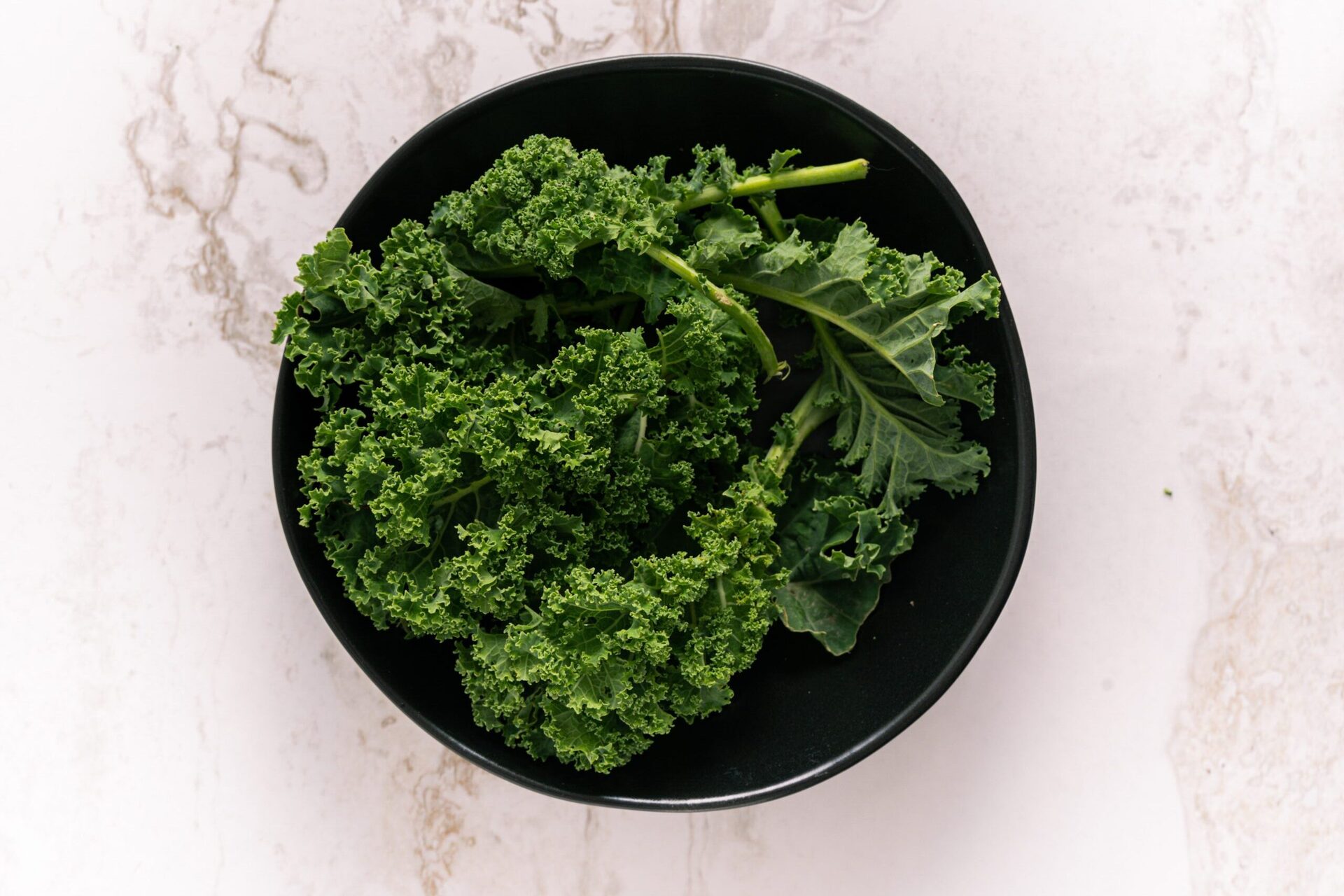
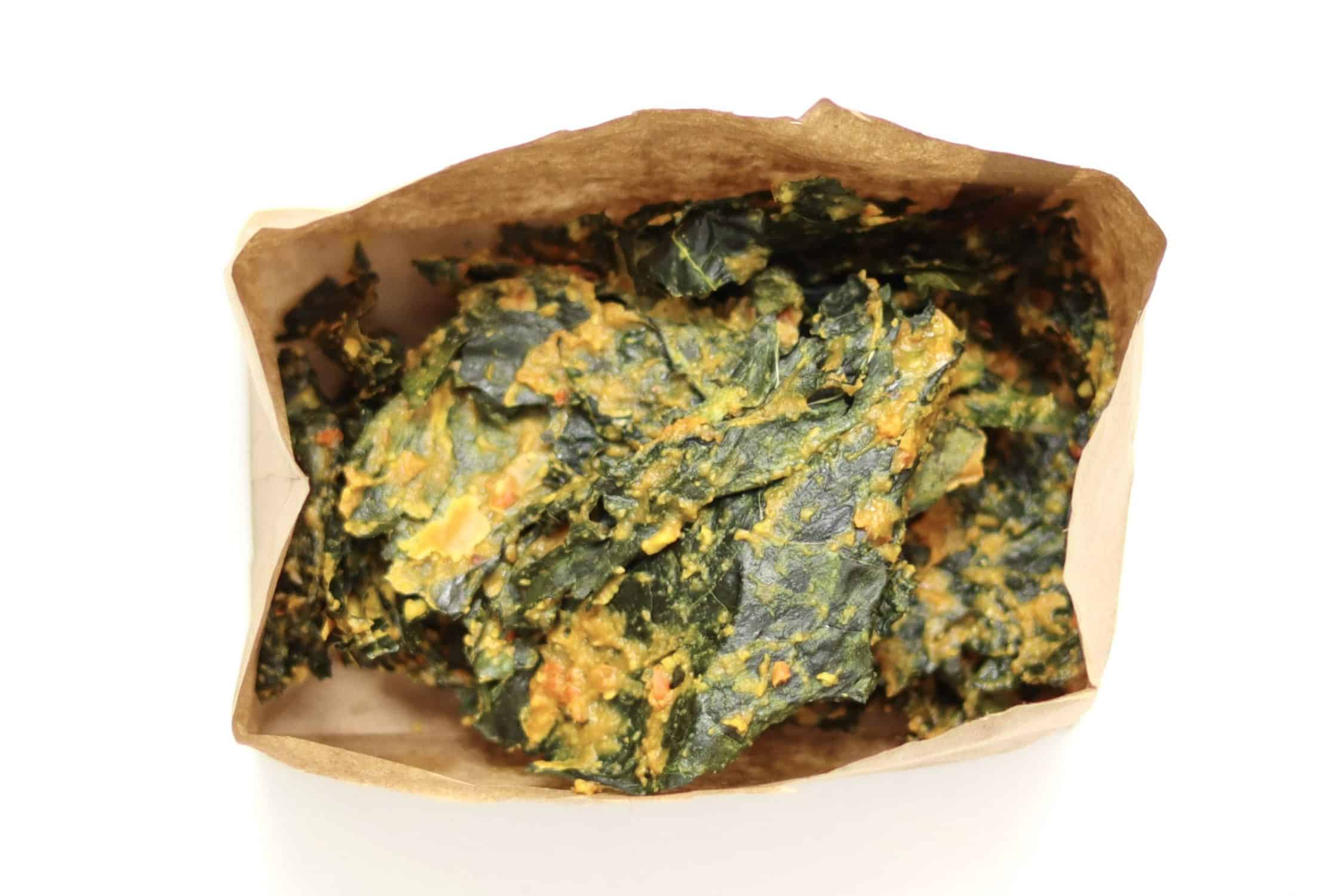
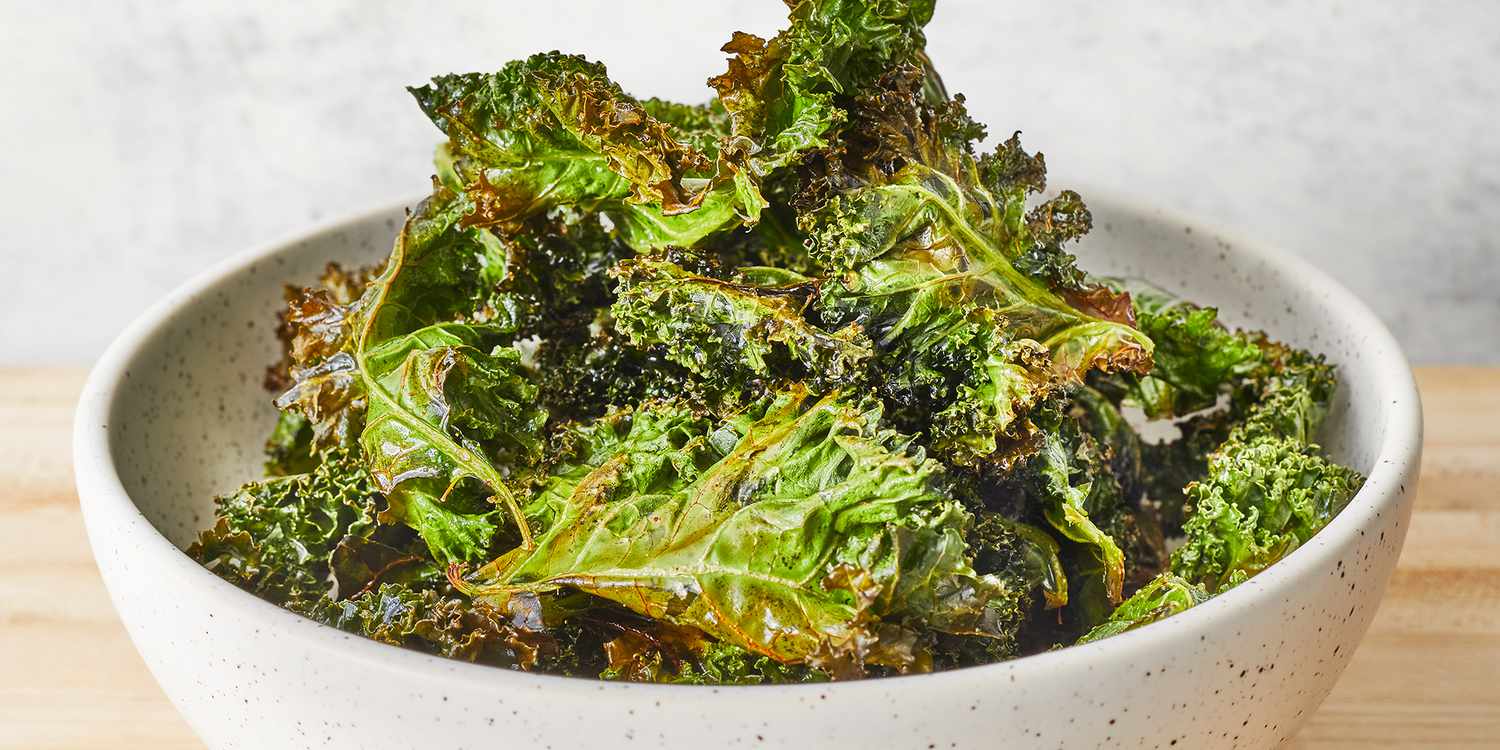
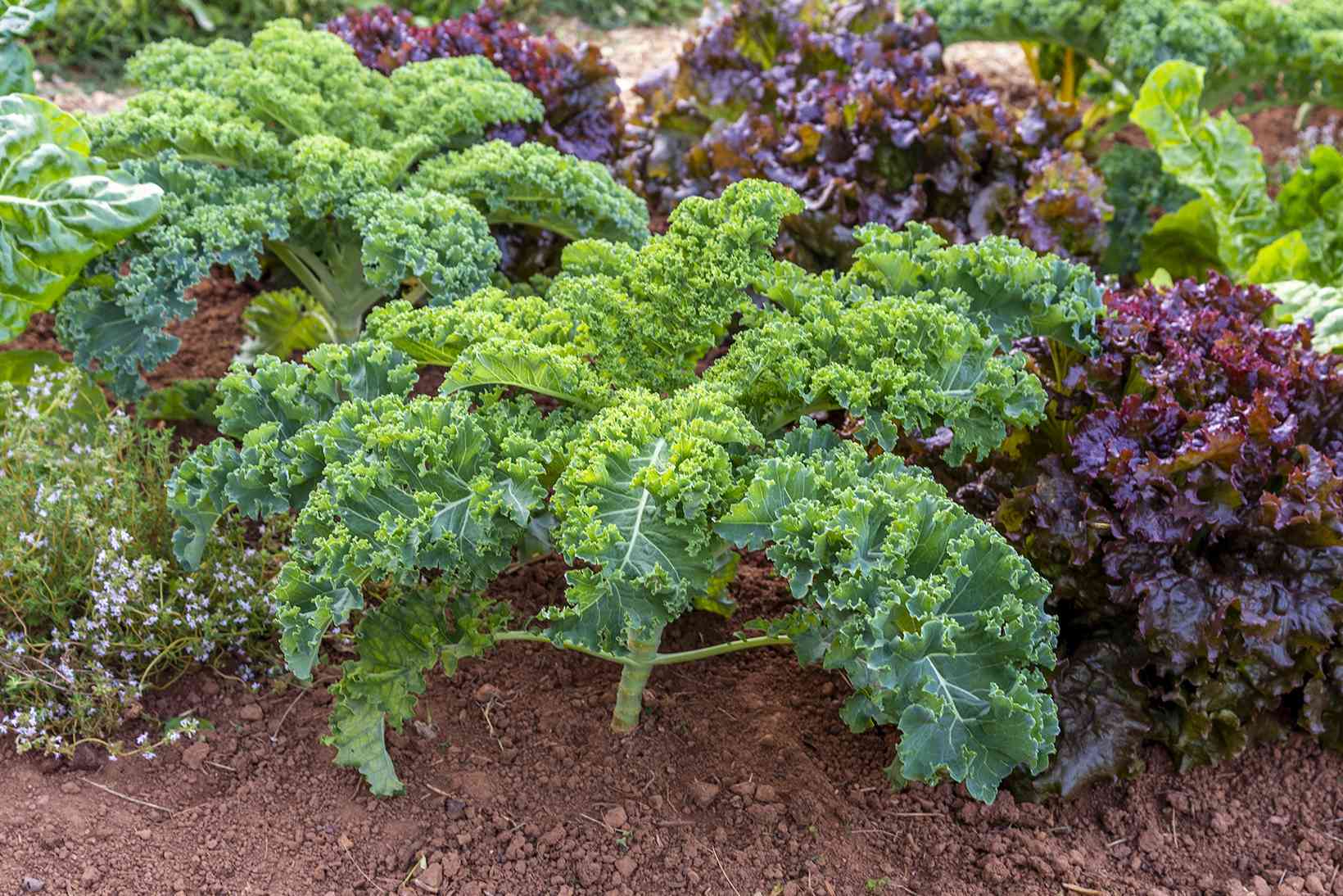

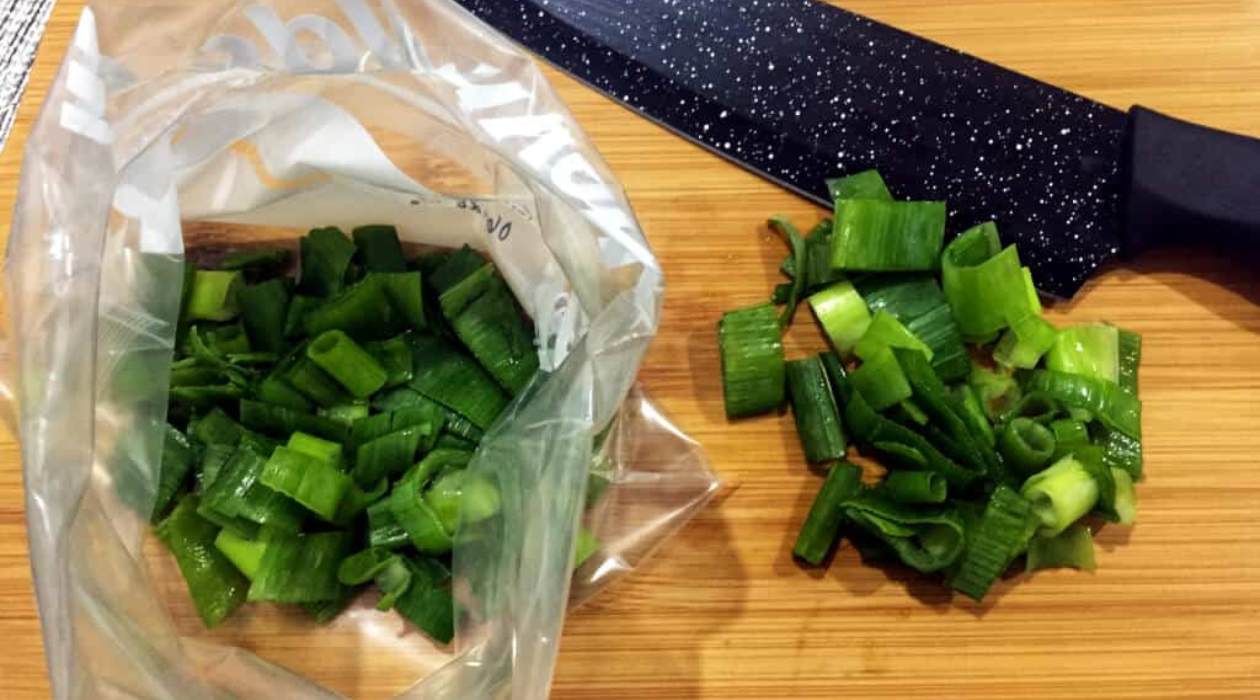
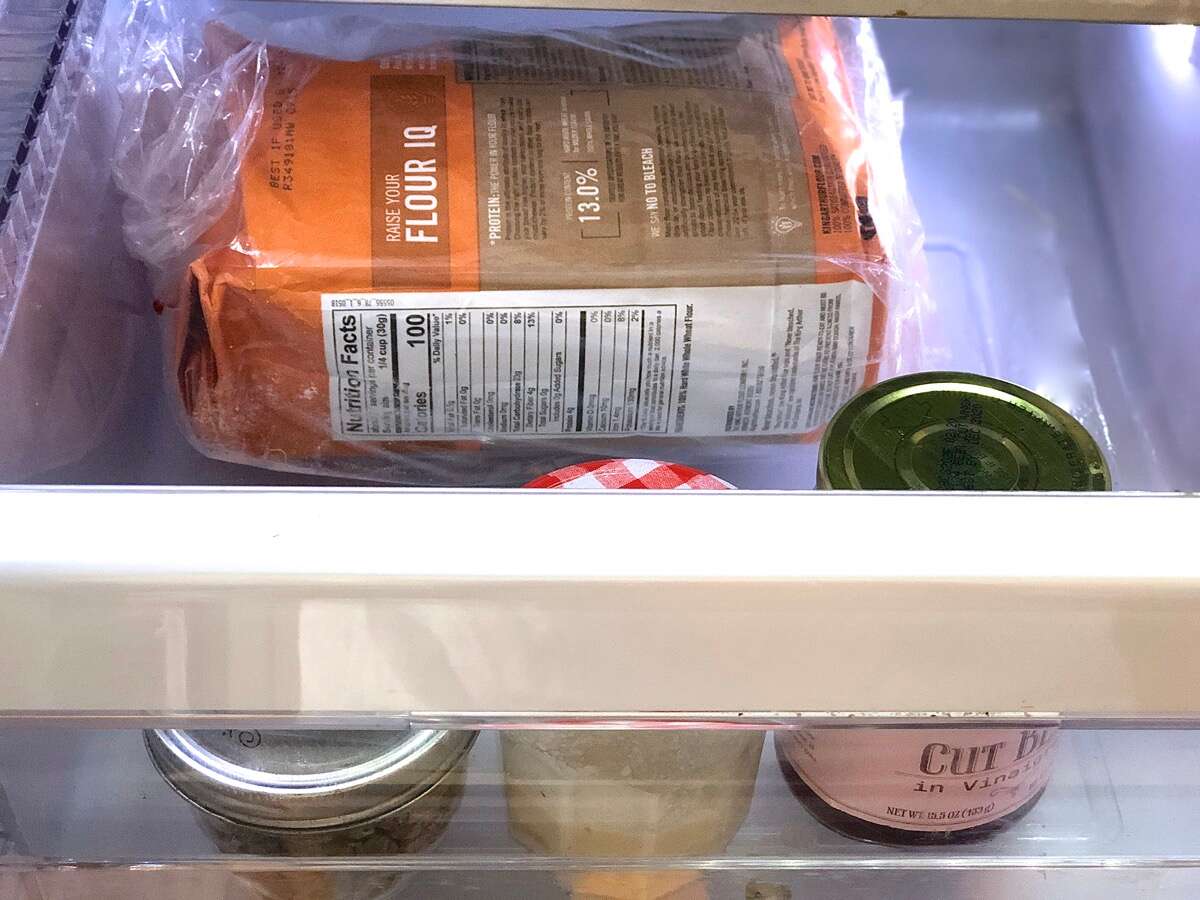
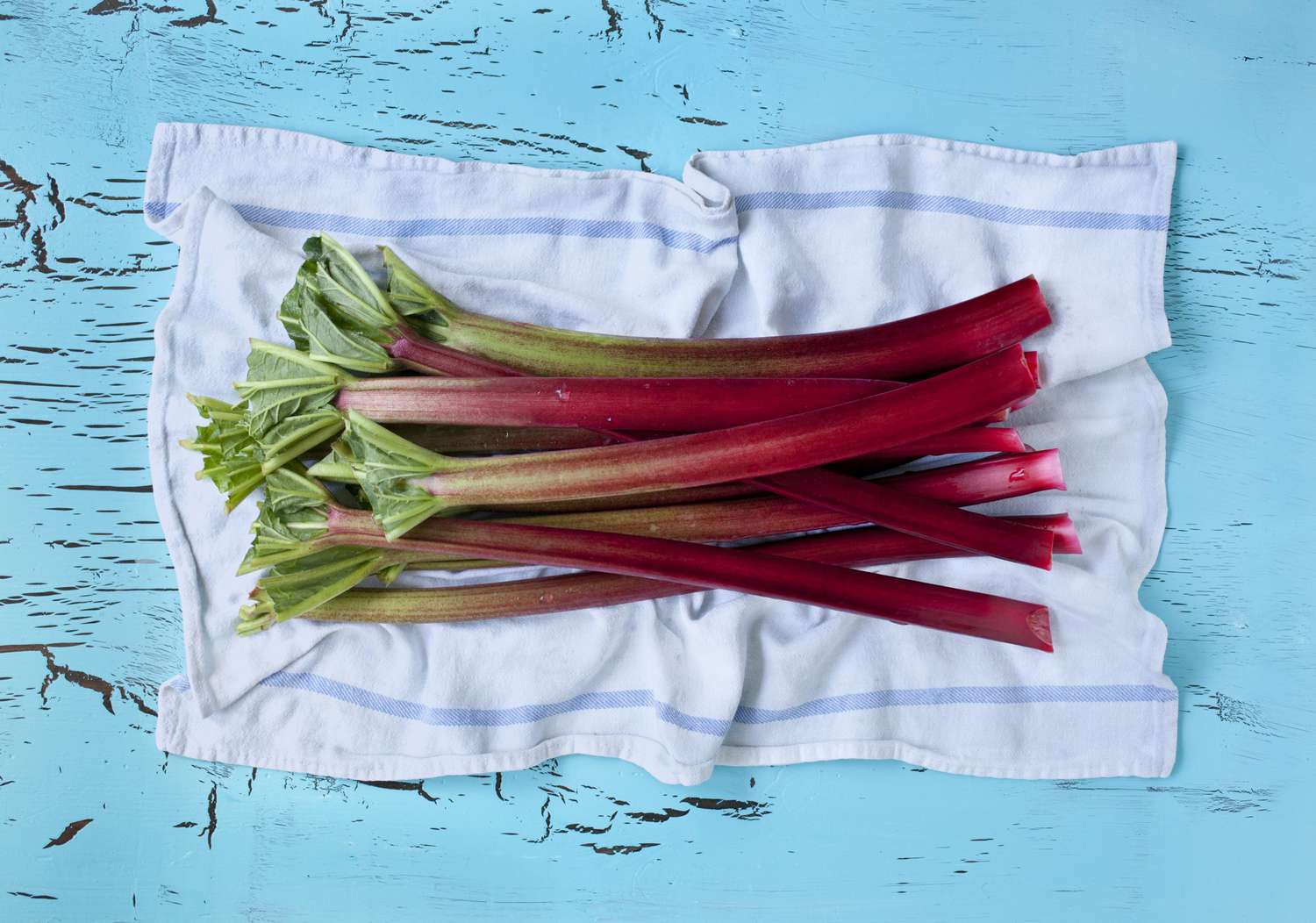
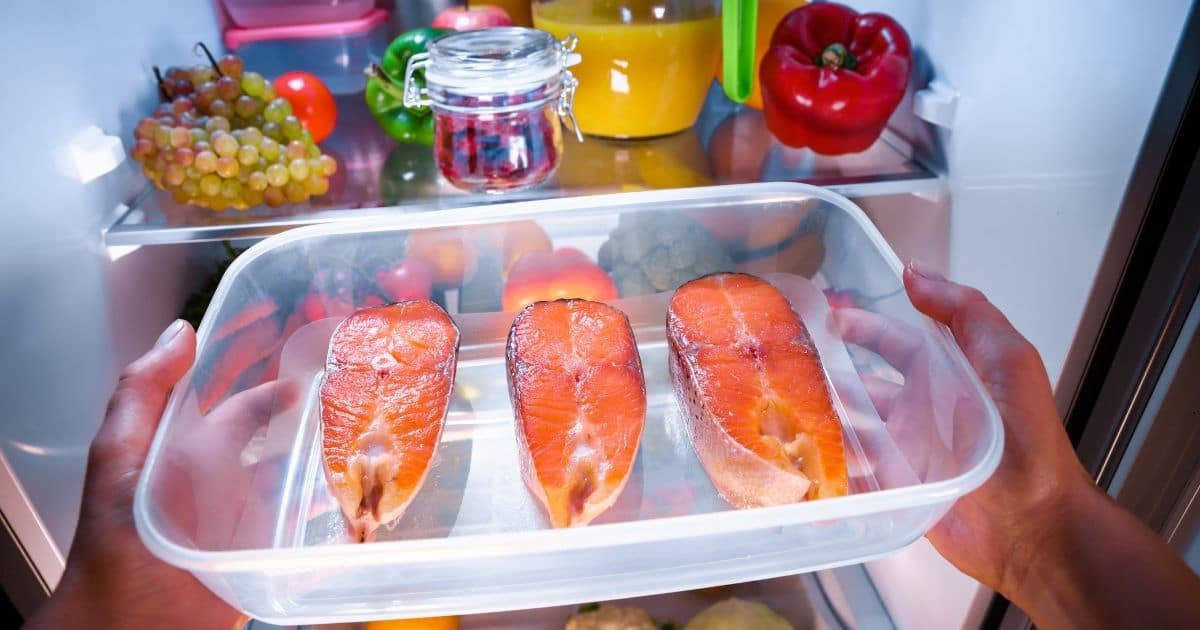
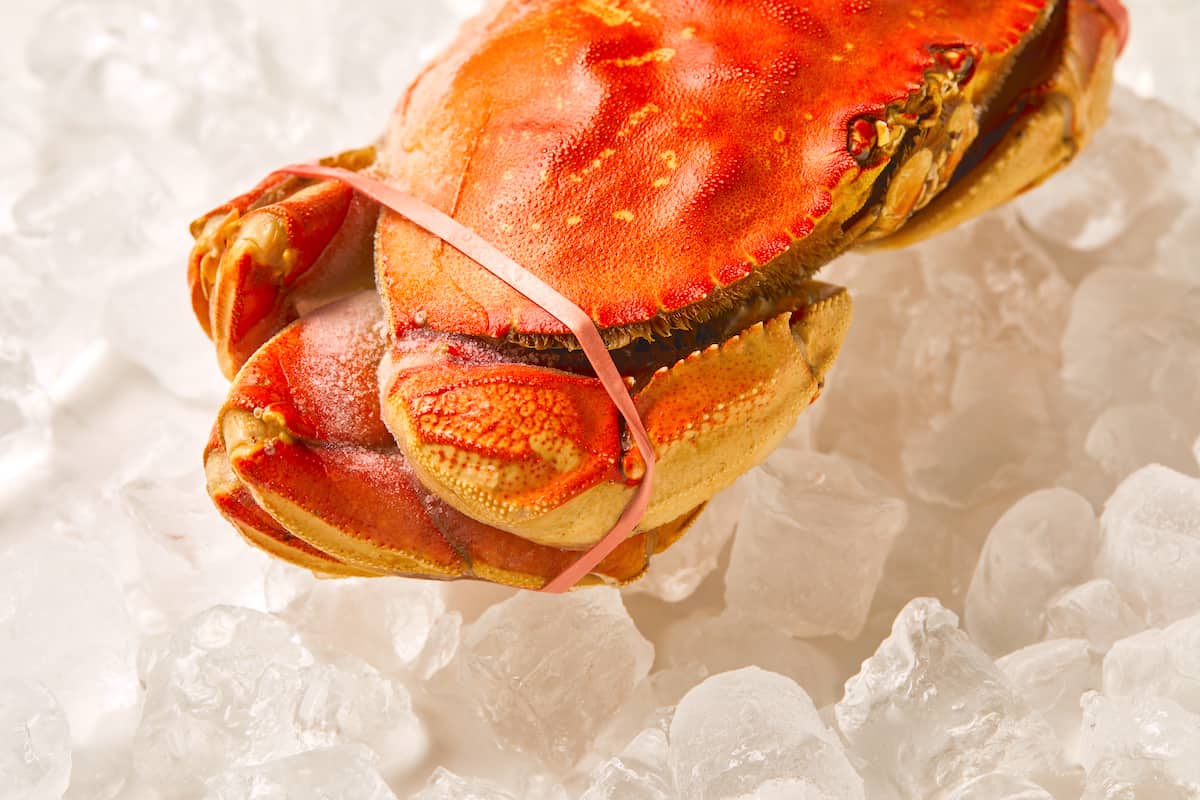
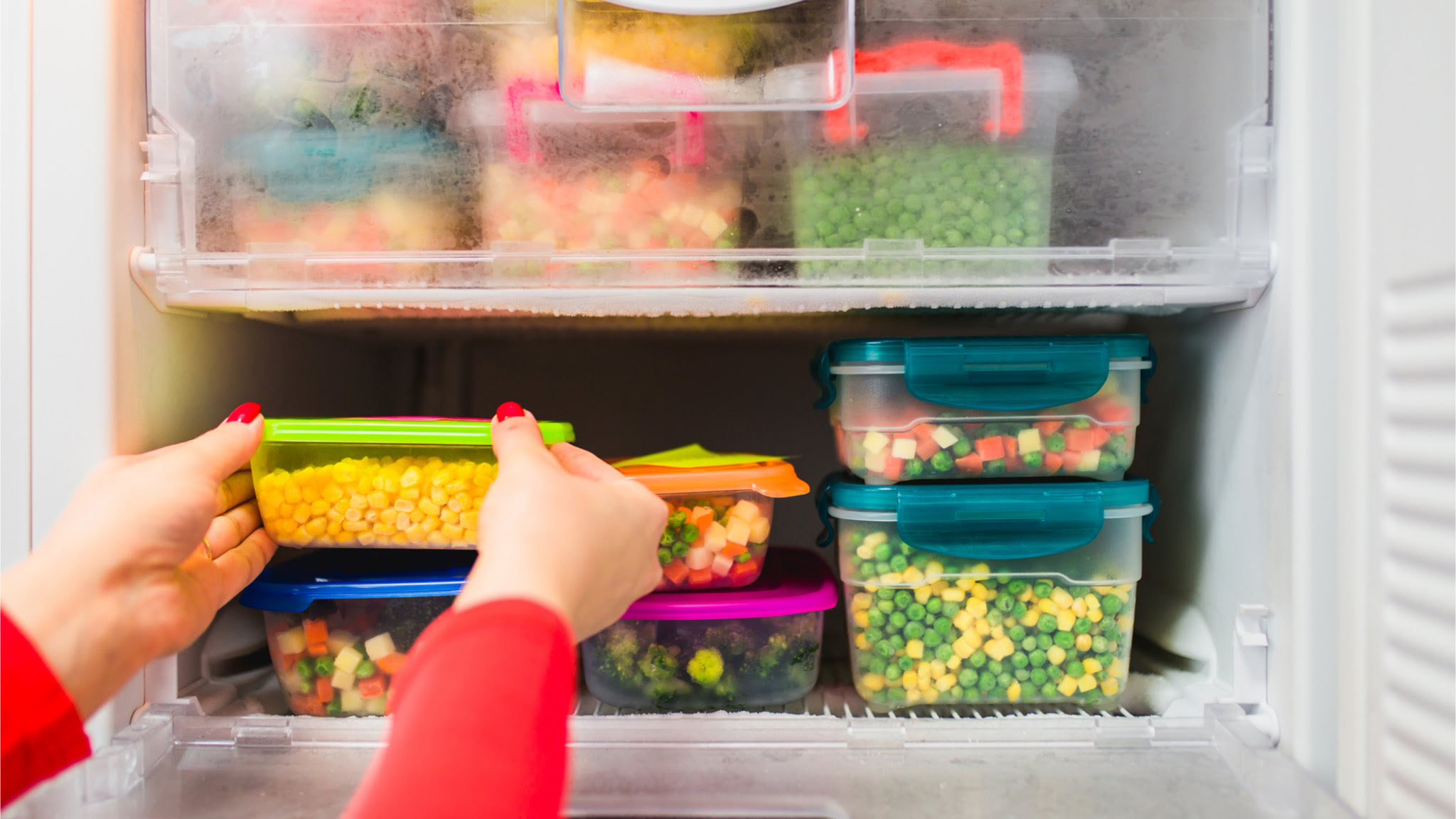
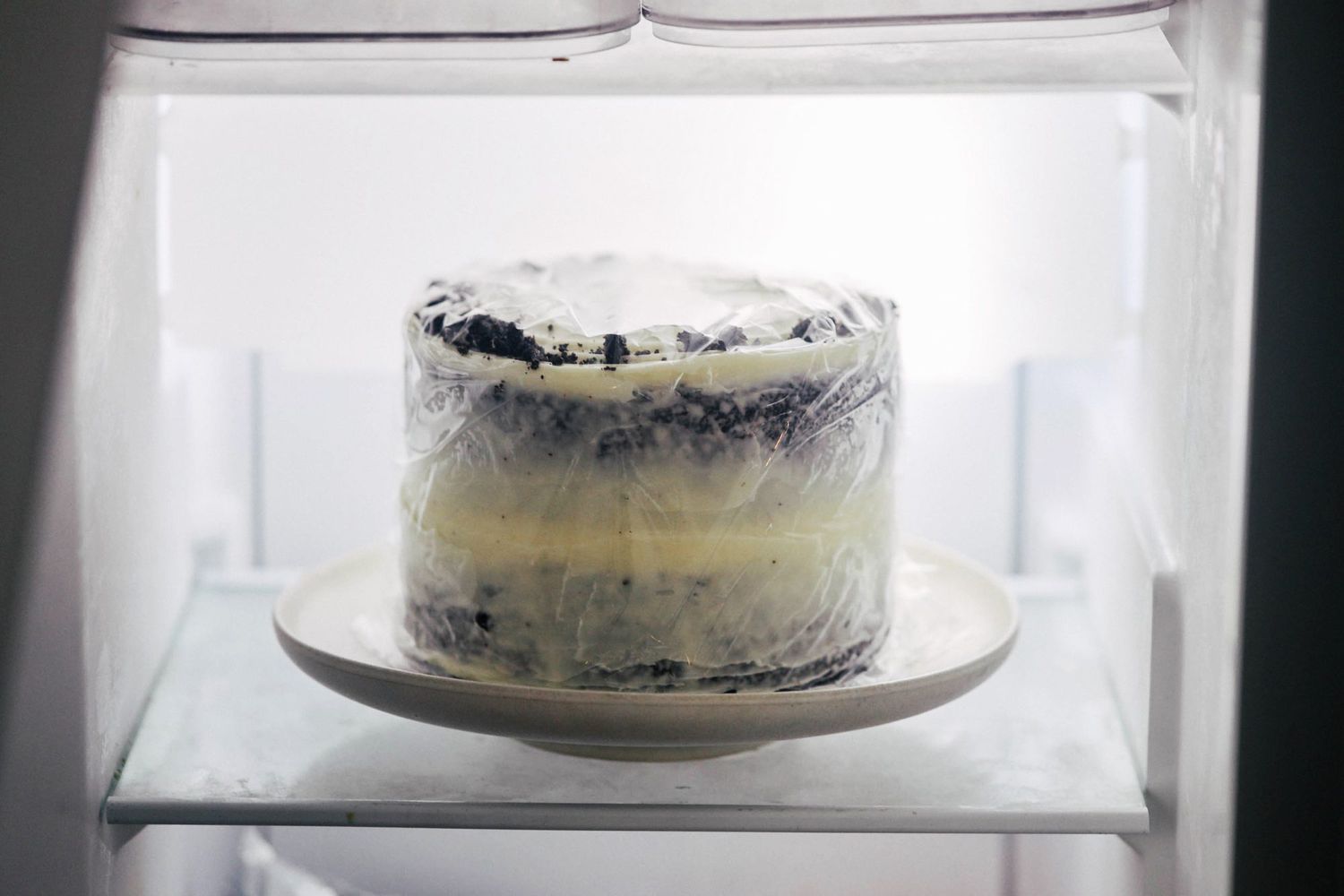

0 thoughts on “How To Store Kale In Freezer”